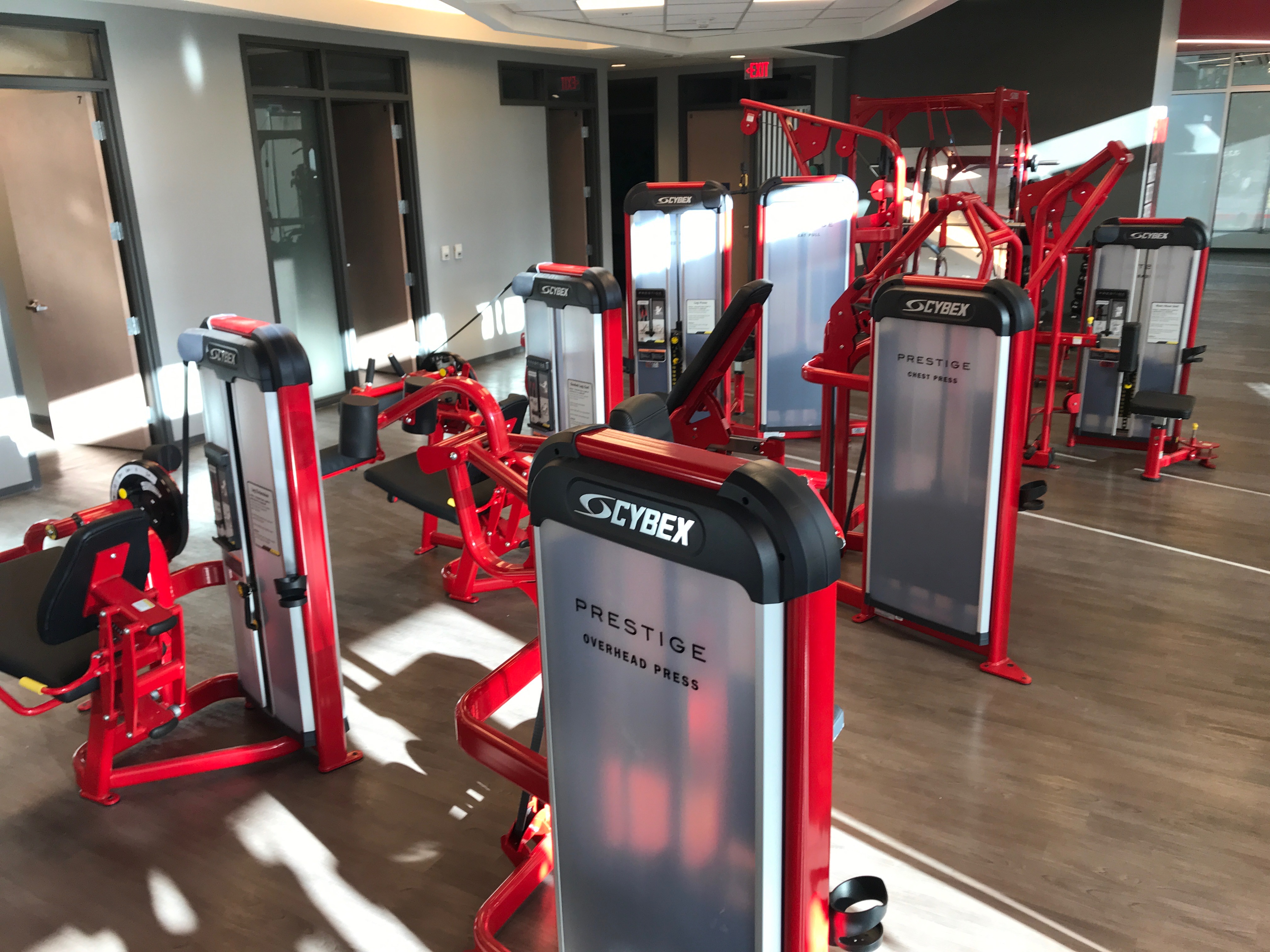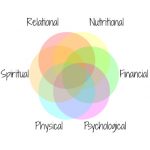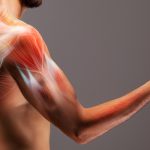AEROBIC ACTIVITY & STROKE RECOVERY
Stroke recovery is a journey that can be very stressful and problematic. Anyone who has suffered this injury can attest to such a life change. At DRIVEN, we see the beautiful smiles, uplifting attitudes, and determined mindsets from all of our clients on a daily basis. However, because we choose to be transparent, we also witness the frustrations and hardships of our clients. If you have experienced a stroke, rest assured, there is hope. There are unyielding approaches we can utilize for recovery.
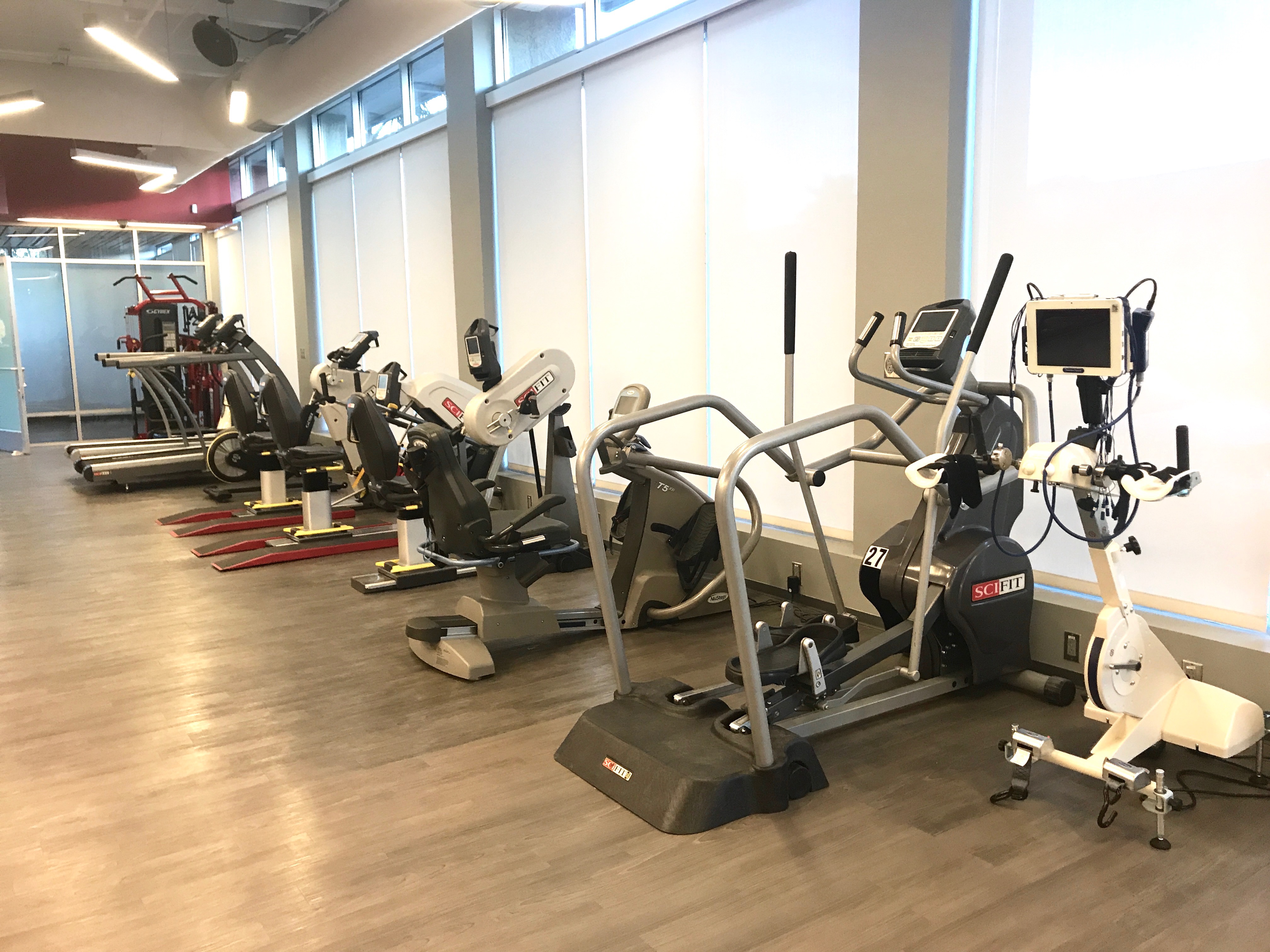 There are a few modifiable determinants that correlate with a stroke, which are hypertension, diabetes, smoking, etc.; but one that is very alluring is physical inactivity (or low cardiorespiratory fitness). Did you know that co-morbid cardiovascular conditions are present in 75% of stroke survivors – making it the #1 cause of death for people who have suffered a stroke? That is a scary thought! But thankfully that is a very modifiable condition that can be improved. And at DRIVEN, we got you covered.
There are a few modifiable determinants that correlate with a stroke, which are hypertension, diabetes, smoking, etc.; but one that is very alluring is physical inactivity (or low cardiorespiratory fitness). Did you know that co-morbid cardiovascular conditions are present in 75% of stroke survivors – making it the #1 cause of death for people who have suffered a stroke? That is a scary thought! But thankfully that is a very modifiable condition that can be improved. And at DRIVEN, we got you covered.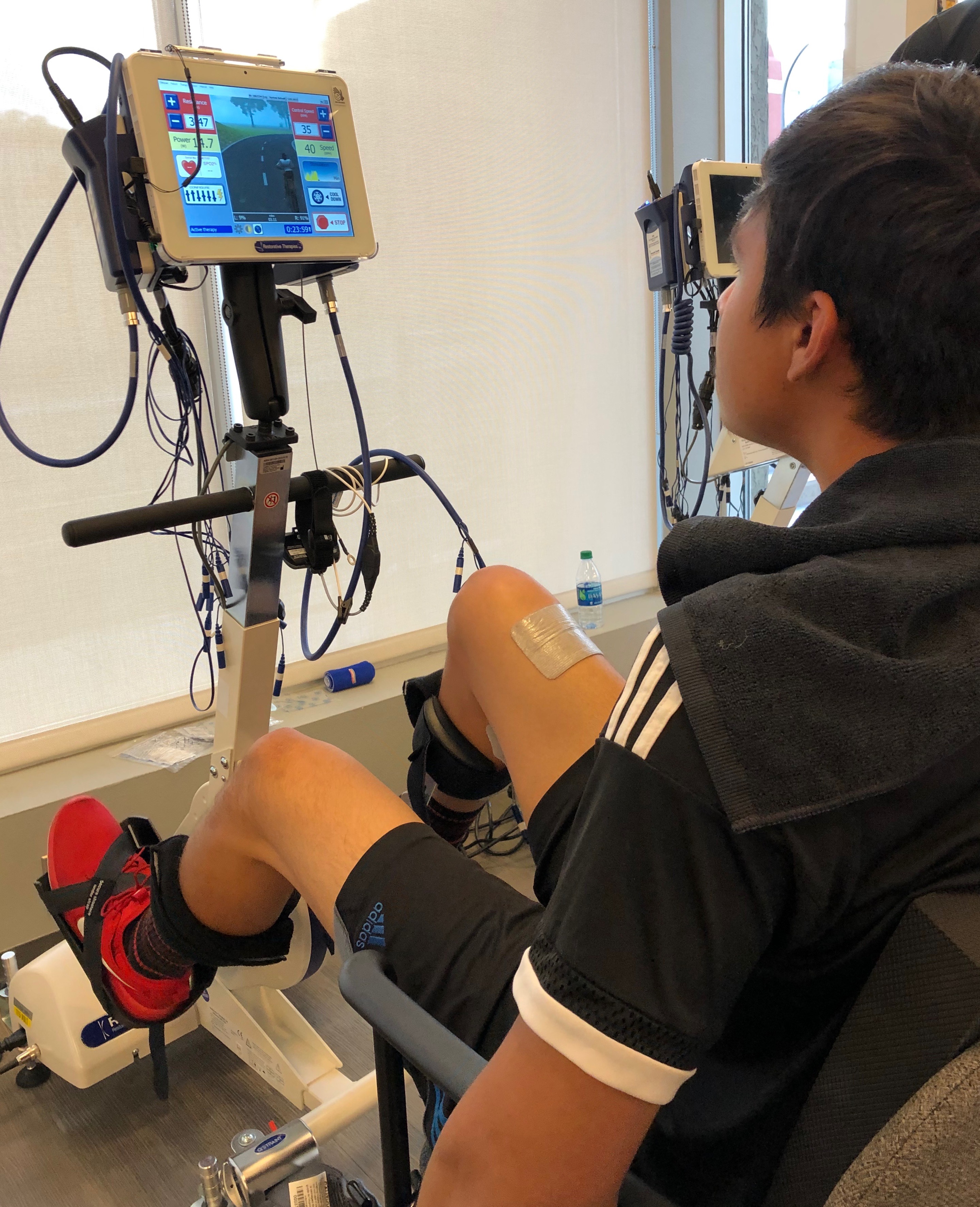
Research shows that intensive, aerobic, Functional Electrical Stimulation (FES)-assisted cycling can vastly improve one’s cardiovascular endurance. In one case study, eleven individuals who suffered a stroke participated in an FES-assisted cycling study to produce a correlation between improvement in aerobic capacity and locomotor function. In just eight weeks, there were significant improvements in the subjects’ VO2max AND in their self-selected walking speed. In other words, there IS indeed a correlation with improving one’s aerobic capacity to be able to perform other activities as well. Stacey et al. (2018) actually says, “There is high likelihood that improvements in metabolic capacity influence other functional as well as long-term health related outcomes and we believe that training to improve metabolic capacity should be a focus following [cardiovascular activity].”
In another longitudinal study, Cavero-Redondo et al. (2019) states, “The primary finding of our study is that, among elderly people free of HTN [hypertension] at baseline, overweight/obesity, high CRF [cardiorespiratory fitness] levels, and non-diabetic status are the most important protective factors against stroke.” This study was observing those who have already suffered a stroke and were looking at modifiable factors to enhance in order to decrease the likelihood of it reoccurring.
At DRIVEN Neurorecovery Center here in Las Vegas, we thrive on carrying out multidisciplinary approaches to our clients. A couple of features at DRIVEN are our wheelchair-accessible cardio equipment and our FES-assisted cycling bikes. We have multiple modems of Sci-Fit equipment, including arm cycles, leg cycles, recumbent bikes, and treadmills. We also have multiple FES-assisted bikes made by Restorative Therapies. They are one of the leading providers of FES equipment, making achievements and recovery for the neuro-adaptive population much more feasible. If you’re ever wanting a good cardio session and wanting to supplement it with some Activity-Based Training, come to DRIVEN and we’ll take care of you!
 This post has been provided to you by DRIVEN Activity-Based Trainer, Caleb Pitman. To learn more about Caleb, click here.
This post has been provided to you by DRIVEN Activity-Based Trainer, Caleb Pitman. To learn more about Caleb, click here.

